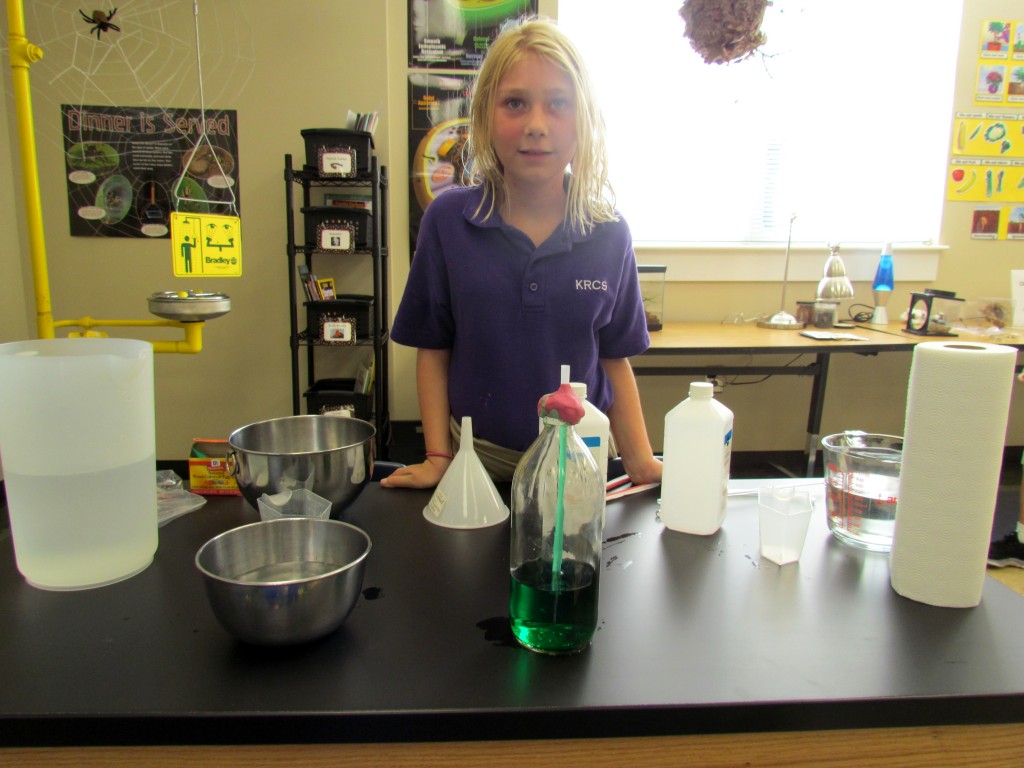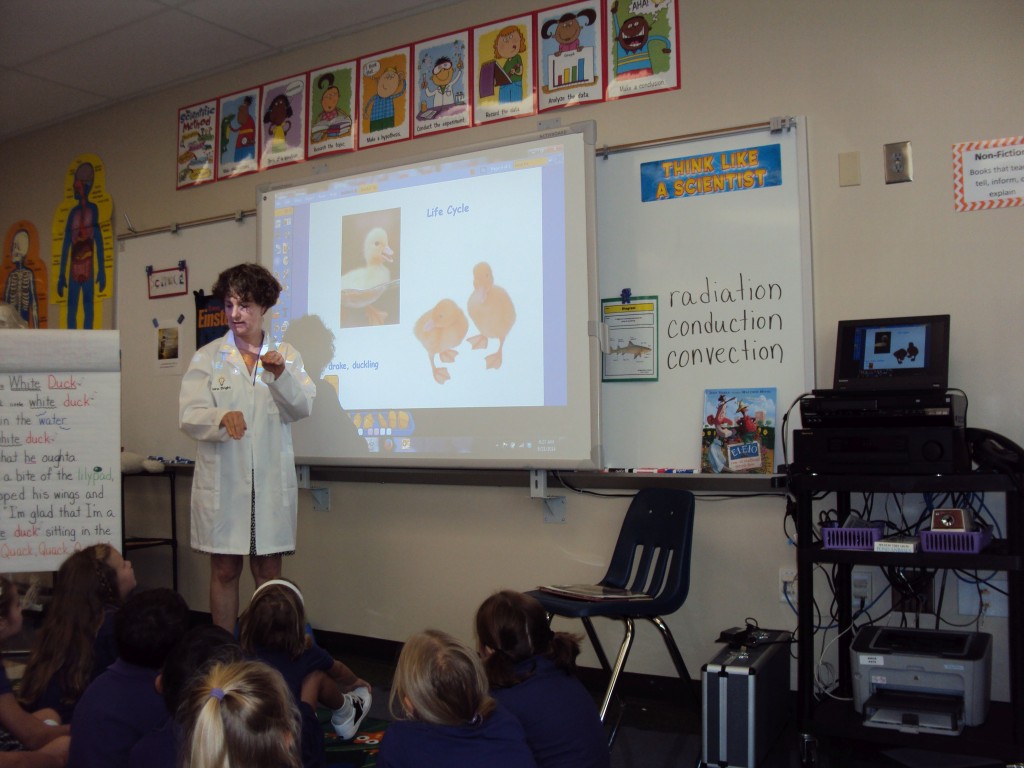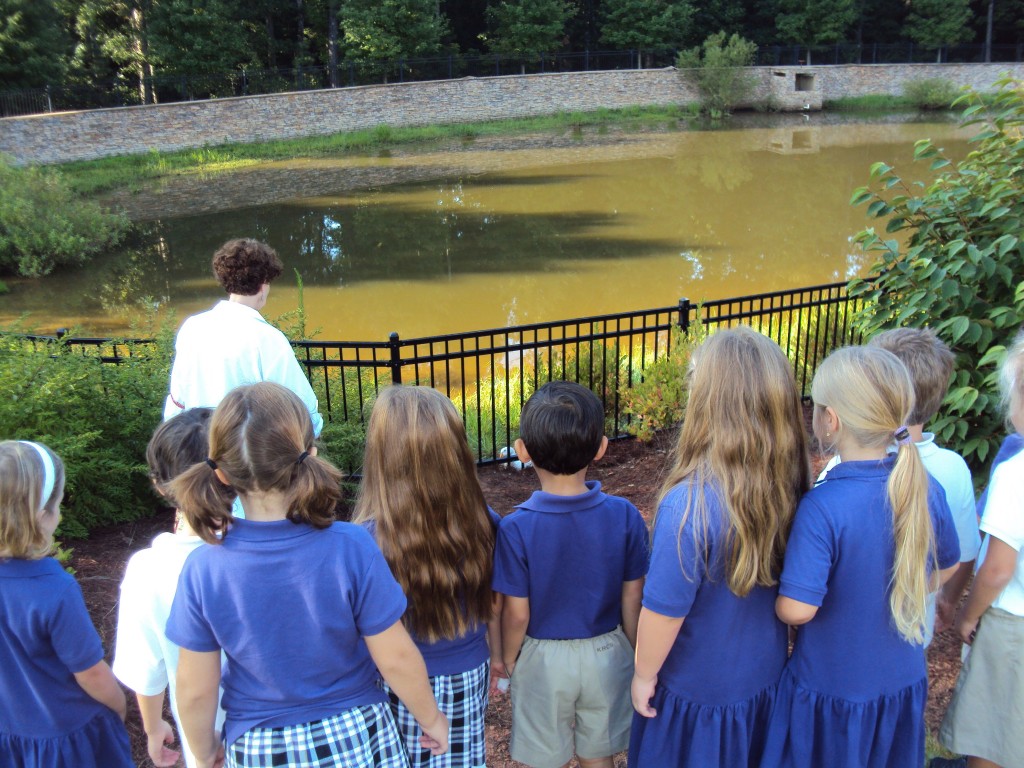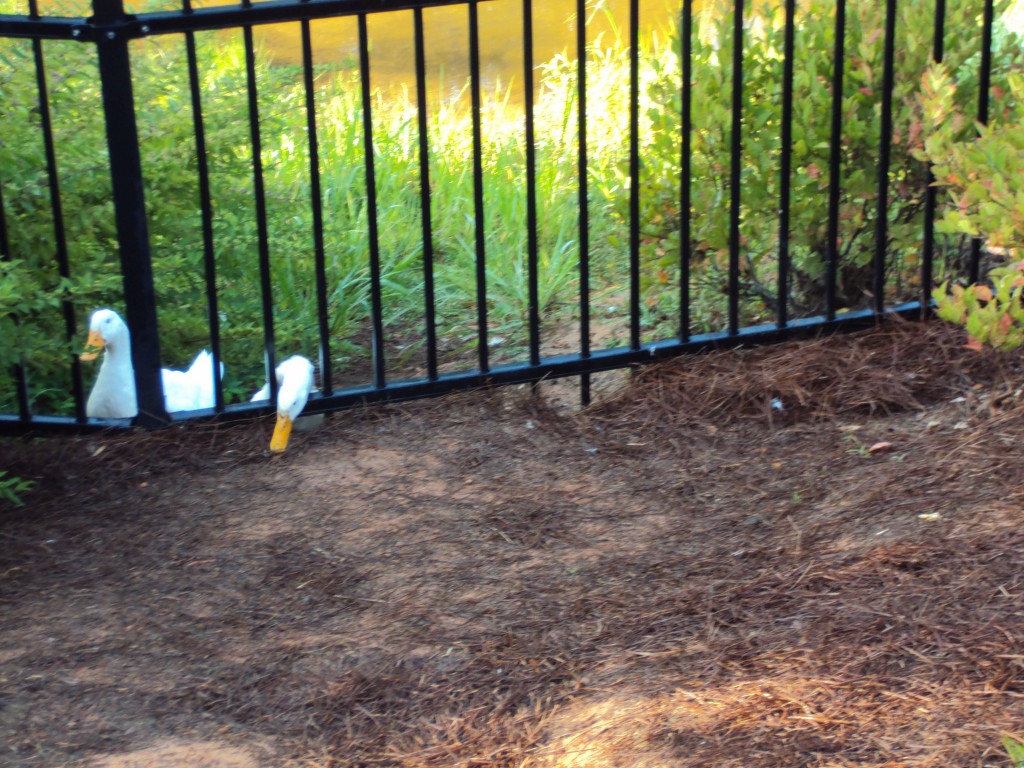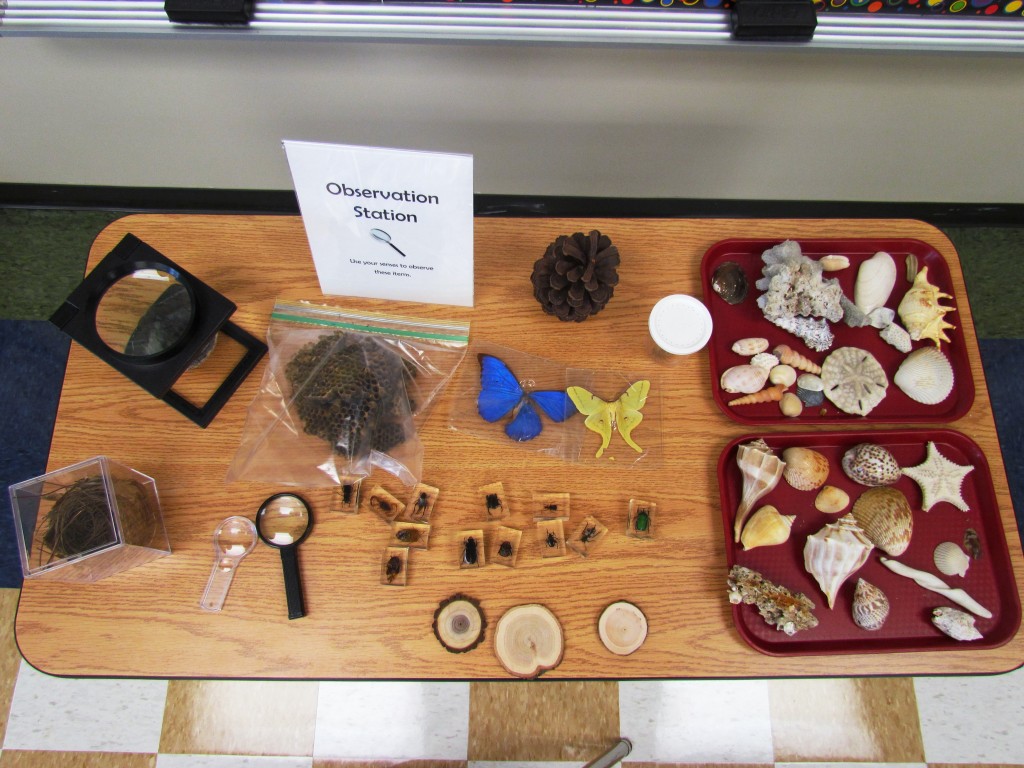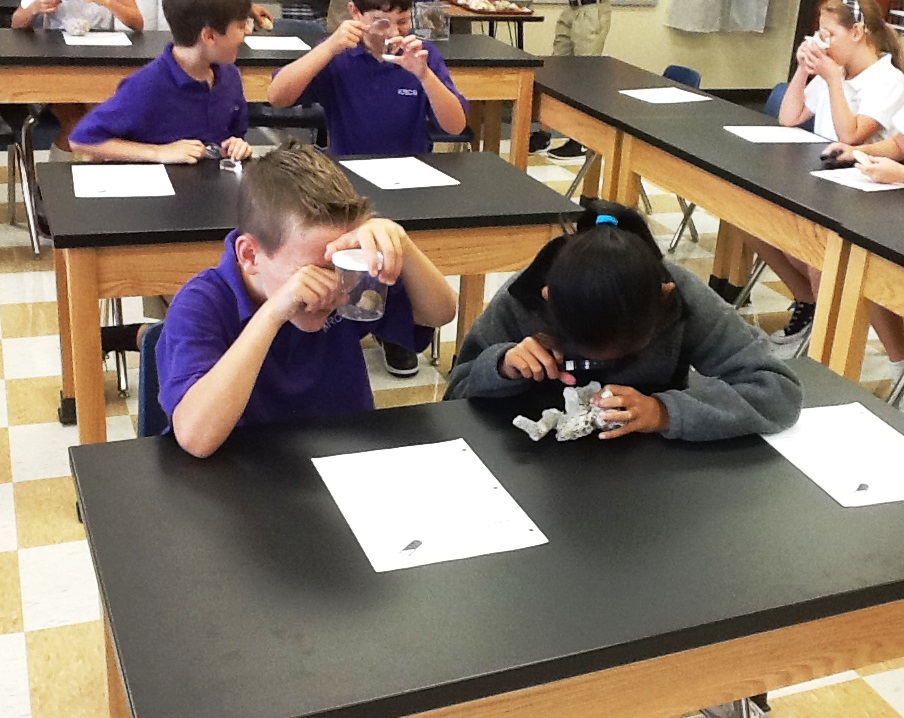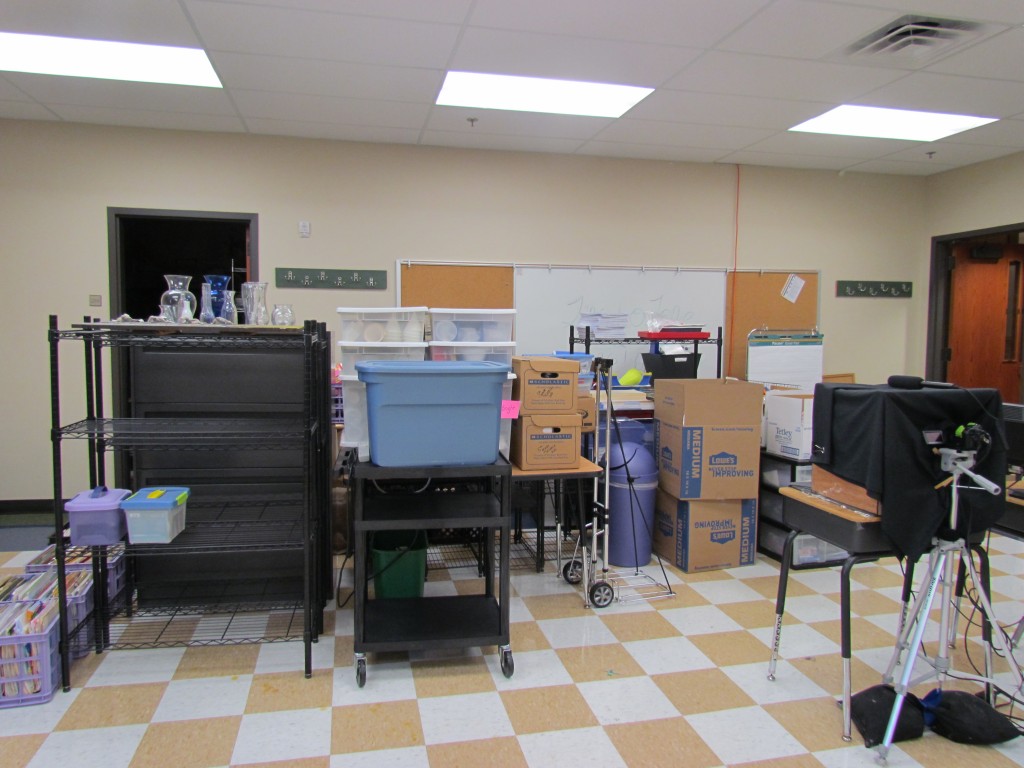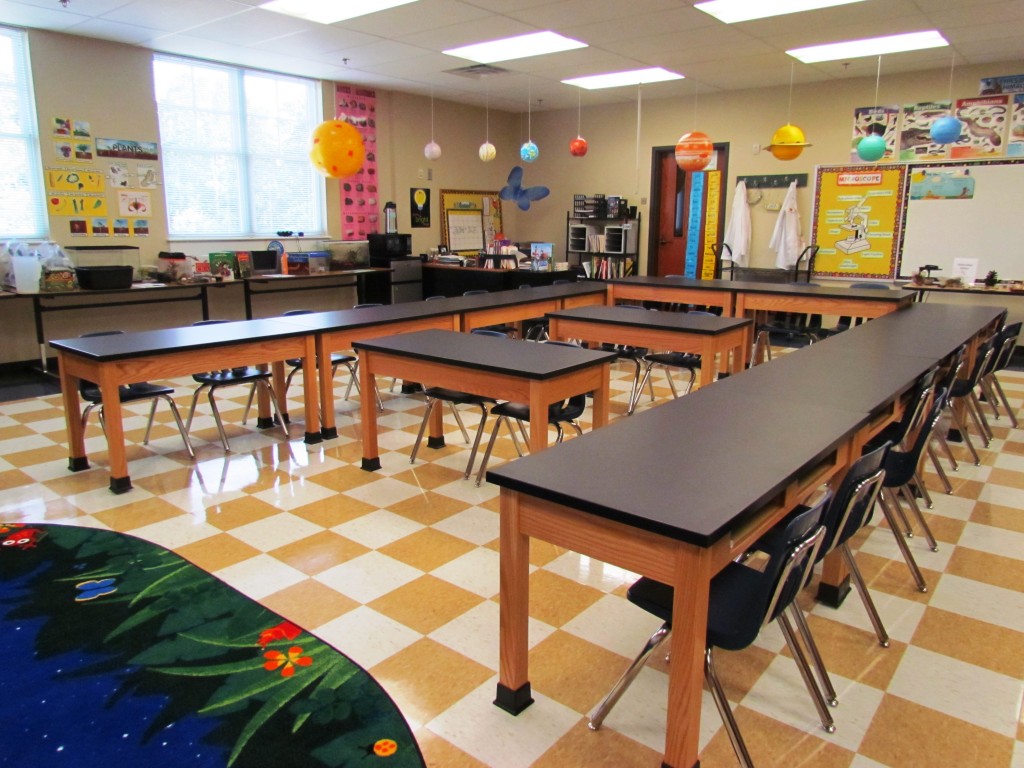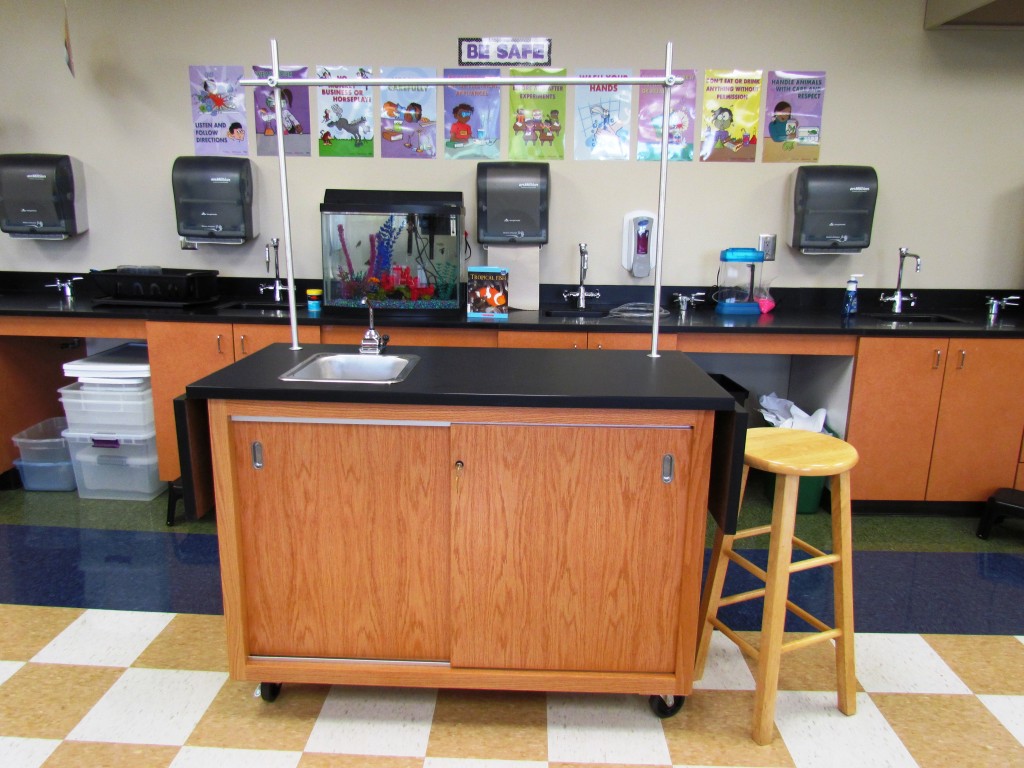Thermometers
Third grade continued their study of thermal energy with a lesson on thermometers. After studying different types of thermometers and the various ways thermometers are used, we learned the history of thermometers and the different scales (Fahrenheit, Celsius, and Kelvin) used to measure temperature. Our goal is to memorize freezing points, boiling points, and body temperature. We also practiced reading thermometers. Lab partners placed thermometers in cold water in plastic, Styrofoam, and glass cups. We watched to see which was the best insulator and observed how the temperature increased and decreased in each cup. Then in a demonstration lesson, I made a homemade thermometer.
Directions:
What You Need:
- Water
- Rubbing alcohol
- 11-ounce clear, narrow-necked glass bottle
- Food coloring
- Clear plastic drinking straw
- Modeling clay
- Store bought thermometer (optional)
What You Do:
- Add equal parts tap water and rubbing alcohol to the bottle, filling it about a quarter of the way up.
- Add a couple drops of food coloring and mix by shaking the bottle.
- Put the straw in the bottle, making sure it doesn’t touch the bottom.
- Use the modeling clay to seal the straw in place. Leave a portion of the straw sticking out from the bottle, making sure the clay forms a tight seal around the straw and over the bottle mouth, but don’t close off the straw’s opening.
Pekin Ducks
Kindergarten and first grade classes began science lab with a lesson on Pekin Ducks. We have two Pekin ducks, Cheese and Quackers, on the pond behind school.
Pekin ducks originally came from China. They are birds and have a backbone. Duck’s feathers are covered with oil and ducks preen their feathers to keep them clean. Their downy feathers keep them warm. Ducks have webbed feet. They have no blood flow or nerves in their feet, so they can’t feel the cold when they walk on the frozen pond during the winter months. Pekin ducks waddle and swim, but they can’t fly. Males are called drakes, females are hens, and the young are called ducklings. Duck eggs take 28 days to hatch. Pekin ducks forage for their food. They are omnivores (eat both plants and meat), and their diet consists of snails, slugs, bugs, worms, and plants. You should not feed our ducks bread.
Flashback
Field Trip and Afterschool Enrichment
Another one of my goals is to find places for families to enrich science classroom experiences and for teachers to bring their students on field trips. This past weekend I visited Autrey Mill Nature Preserve and Heritage Center located on Alabama Road in John’s Creek.
They offer after school science classes, family events, and field trips.
Located on 46 acres of ravine forest and historic past, this nature preserve’s two miles of walking trails wind past a scenic creek with rocky shoals, spring seeps, mature trees, wildflowers, native plants, and a variety of animal life.
A Heritage Village has been created with four buildings original to the site and landmark structures moved from nearby properties. This village and its related exhibit pieces provide an understanding of this area’s proud rural heritage from the mid 1800s to the mid 1900s.
This would be a fun place to take your family to learn more about Georgia ecosystems.
Scientific Inquiry
We began the year in third-fifth grades learning lab safety rules. A presentation and discussion followed about scientific inquiry: observation (notice) and question (wonder). They are the first two steps of the Scientific Method and essential skills.
One of my goals is for the students to learn how to use science tools correctly. We watched the following video about the proper use of a hand lens. Then we took something off the Observation Station to observe. I will be adding to the Observation Station all year. Contributions are always welcome!
I’m Back!
I am very excited and honored to be the Lower School Science Coordinator! I will now be blogging about all the fun and learning happening in our brand-new science lab. My first order of business this summer was to set up the lab. I thought I would show you a before and after look at the lab. This room was previously our Tiger TV studio.
